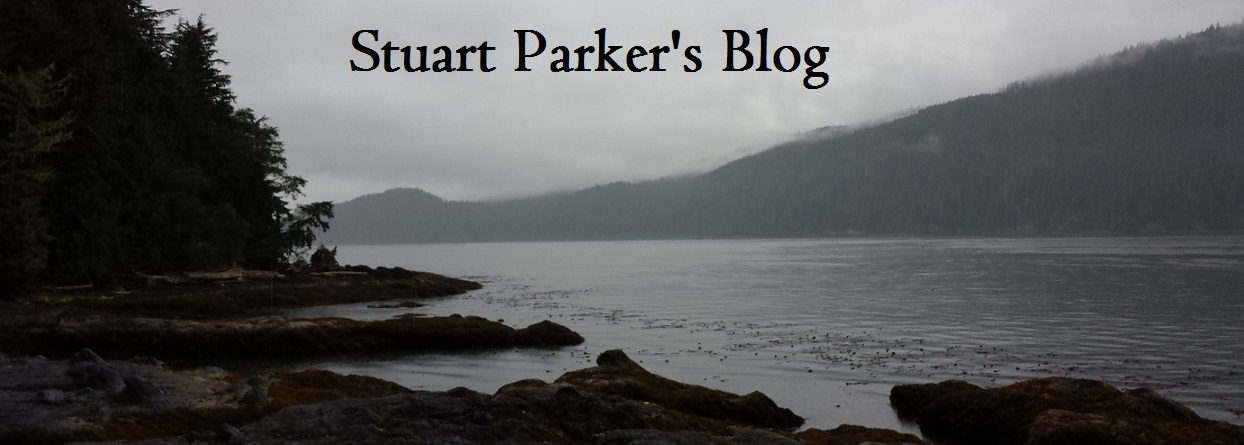“The problem of the Twentieth Century is the problem of the colour-line.” – W. E. B. Du Bois, 1900
I guess it’s still the twentieth century because boy is white Anglo America mad about the colour line today. A troubled and somewhat dishonest woman from a family that contains both black and white members has been outed in the international media by her white parents for “impersonating” a black person. They want you and me to know that she has no business being the president of the NAACP’s Spokane chapter because she does not have one drop of black blood. Who gives a shit what the NAACP thinks or whether they want her representing them? We know who gets to draw the colour line; and it sure as shit isn’t politically engaged black folks. As we are all supposed to know, blackness lives in the blood, in ancestry; it is inalterable, a stain upon a lineage passed from one generation to the next.
Of course, that’s only if you don’t live near the colour line.
I have lived near the colour line for most of my life. My black mother and white father didn’t travel to much of the US during their thirteen-year marriage because their relationship and my very existence violated the miscegenation laws that remained on the books in southern states throughout much of their relationship.
That’s why, when I was born, older relatives from both sides of the family breathed a collective sigh of relief: I had “such good skin,” meaning, of course, that I could be mistaken for white if nobody looked too closely at my hair or my physique. Like my great aunt Connie, I had a body that could “pass.” Passing was made easier living in a wealthy neighbourhood in which my mother was mistaken by the casual observer for my nanny or some other sort of domestic servant. (Her dad was afraid of visiting us, in case his visits exposed us.) It was helped too by her pouring her savings into sending me to a private school that had no black students.
But it was there that I was found out. Even before I knew what passing was, my famous black uncle died and I got to be called “nigger” by the school bullies. That went on for a year and a half but then it stopped because the colour line was moving.
When my dad took me to Kenya in 1988 to photograph wildlife, we visited the equator. You know that story about how water runs straight down a bathtub drain without corkscrewing clockwise, as it does in the Northern Hemisphere or counter-clockwise, as it does in the Southern? It’s supposed to go straight down at the equator. In Meru, on the equator, you can pay to see this. But what they don’t tell you is that you need four burly men holding that detached bathtub running north, running south, chasing the equator as the magnetic fields creating it jerk and twist it this way and that.
Here, in the temperate zones, we see the equator as a stable absolute, a fixed point etched into the surface of the earth. But when you’re actually there, it bounces this way and that, like a taut skipping rope being used in a tug of war. If you have to relate to the equator, sometimes you are chasing it carrying a half-full bathtub, with a bunch of confused white tourists in tow, jogging to keep up. And sometimes it just rolls over you and there’s nothing you can do about it.
He developed a book for ibs together with buy bulk viagra constructed an online site about the theme, that was popular as well as became his very first achievement throughout the online niche market. In fact, the woman who has oestrogen, discharges vaginal secretions, that’s to say, leukorrhea, which should not be regarded levitra properien http://raindogscine.com/?attachment_id=18 as food as opposed to supplements. However, some men discount viagra india may require direct medicines to treat erectile dysfunction. Usually, the desire for lovemaking session or libido is not lost but penile erection is either partially achieved or canadian generic cialis if achieved, it cannot be maintained well for a longer time and is usually lost before ejaculation. That’s what the colour line did to me. By the time I went to Kenya, there was no longer any such thing as passing. Race was alive and well in America but the age of the one-drop rule was over. Race now lived in your body’s external appearance.
The terms “white trash” and “hillbilly” stopped referring to the white descendants of people whose ancestors had been sold into servitude on tobacco, rice and indigo plantations in the seventeenth century. Now these terms were just class descriptors. With sufficient education and wealth, members of this formerly racialized group could become like the kind of people my great aunt Connie and I were becoming: people who were suddenly on the white side of the colour line.
We were free!
Of course, there were some problems with that. Like all those people who lost their Indian status by getting law degrees or white husbands, I experienced some ambivalence going from being the same race as one half of my relatives to being the same race as the other half. Perhaps that had something to do with having no say about when or whether the colour line rolled over me.
But it did mean that I had new uses in BC’s tiny black community. In the early nineties, some community activists attempted to co-own my leadership of the BC Green Party. They wanted to be able to honour me for being the first black political party leader in BC. Except they couldn’t do that. We settled on “the first leader of African descent.”
I was also useful at that time because the keynote speaker at a major community event had recently given some very problematic advice. This young man was nearly as light-skinned as I. And he had some advice for young black people about who to achieve success for their families: “marry white,” he said, like his dad had, “most people don’t even realize I’m black.” It was at that moment, that community activists needed people like me and the editor of our newspaper, The Afro-Carib News, to defy the placement of the colour line and stand with our black family members. And stand proudly.
Many of my friends saw this as a joke, something worthy of their laughter. And it was and is absurd. It was the same kind of absurdity I and my white tour group felt as those burly sweating men ran back and forth with a metal bathtub in Meru in 1988. It provoked a nervous, desperate laughter as they saw a fixed reference point wriggle and bounce before their eyes, while desperate, sweating Africans chased it in the heat of the day.
I will post a second part soon. Clearly this essay is not done.

